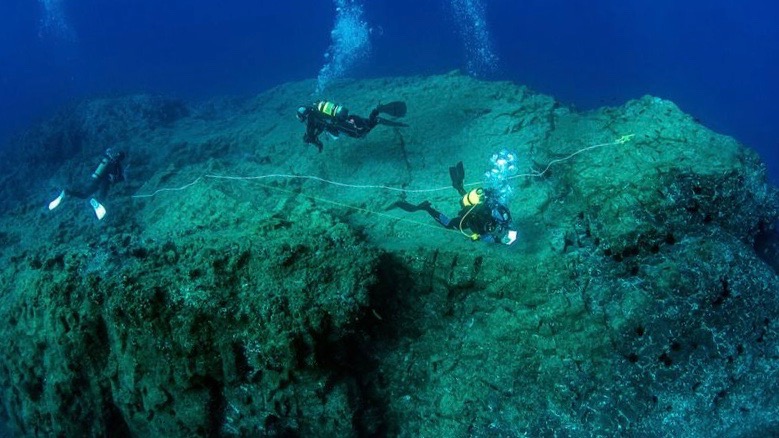After years of discussions, the UN finally adopted the “Treaty on Biodiversity Beyond National Jurisdiction” during the resumed fifth session of the Intergovernmental Conference on Marine Biodiversity of Areas Beyond National Jurisdiction (BBNJ) that was held in New York on Monday, June 19.
The legally binding treaty will govern the use of high seas, or seas beyond the territorial control of countries, with the objective of protecting its ecosystems from pollution, over-fishing and over-exploitation.
The treaty will form a part of the UN Convention on the Law of Sea, adopted in 1994, and will be open for signing by member states from September 20 during the annual UN General Assembly meeting at New York. It will come into effect once at least 60 UN members ratify it.
In his remarks during the BBNJ session on Monday, UN Secretary General António Guterres said that “the ocean is under threat at multiple fronts” and “marine biodiversity is under attack from overfishing, over exploitation and ocean acidification.” He noted how “we are polluting our coastal waters with chemicals, plastic and human waste,” all of which will have dangerous repercussions for humanity if not checked on time.
He called the adoption of the high seas treaty a “historical achievement” that is “vital to address” the threats to marine ecology and to “ensure the sustainability of those areas not covered under national jurisdiction-over two thirds of the ocean.”
Overexploitation and pollution of oceans
The treaty took years to shape, with the first session of the BBNJ held in September 2018 on the basis of a resolution adopted by the UN General Assembly in December 2017.
High seas make up more than 60% of earth’s total surface and more than two-thirds of all ocean surface. They are used by most countries for navigation, fishing, mining, and scientific explorations for rare minerals, which has led to increasing pollution due to lack of accountability and mismanaged waste. More and more plastic waste is reaching the oceans through polluted rivers and is swept off further by ocean currents.
Plastic waste now amounts to 85% of all litter in the ocean. According to the UN Sustainable Development Goals Report of 2023, more than 17 million metric tons of plastic entered the world’s oceans in 2021 alone, and this figure is expected to double or triple each year by 2040.
There is a very likely scenario that if the current trend of dumping plastic waste into the sea continues, there will be more plastic in the sea than fish by 2050, says a UN report.
While most of the world has been responsible for ocean pollution in recent years, 80% of all plastic waste originates from Asian countries, with Philippines (36% of all waste) and India (12.9%) leading the way.
The treaty’s 75 articles aim to ensure “the responsible use of the marine environment, maintaining the integrity of ocean ecosystems, and conserving the inherent value of marine biological diversity.”
It introduces the “polluter pays” principle and provides for “environmental assessment” before a project is taken up in the high sea by any country. With provisions to regulate fishing, the treaty also aims to solve the overfishing problem and provides for protected marine areas for the conservation of rare species and ecology.
The treaty is based on sharing of marine genetic resources collected by scientific research in international waters in order to address the apprehensions of developing countries about democratic usability of future resources found in the open or high seas.





